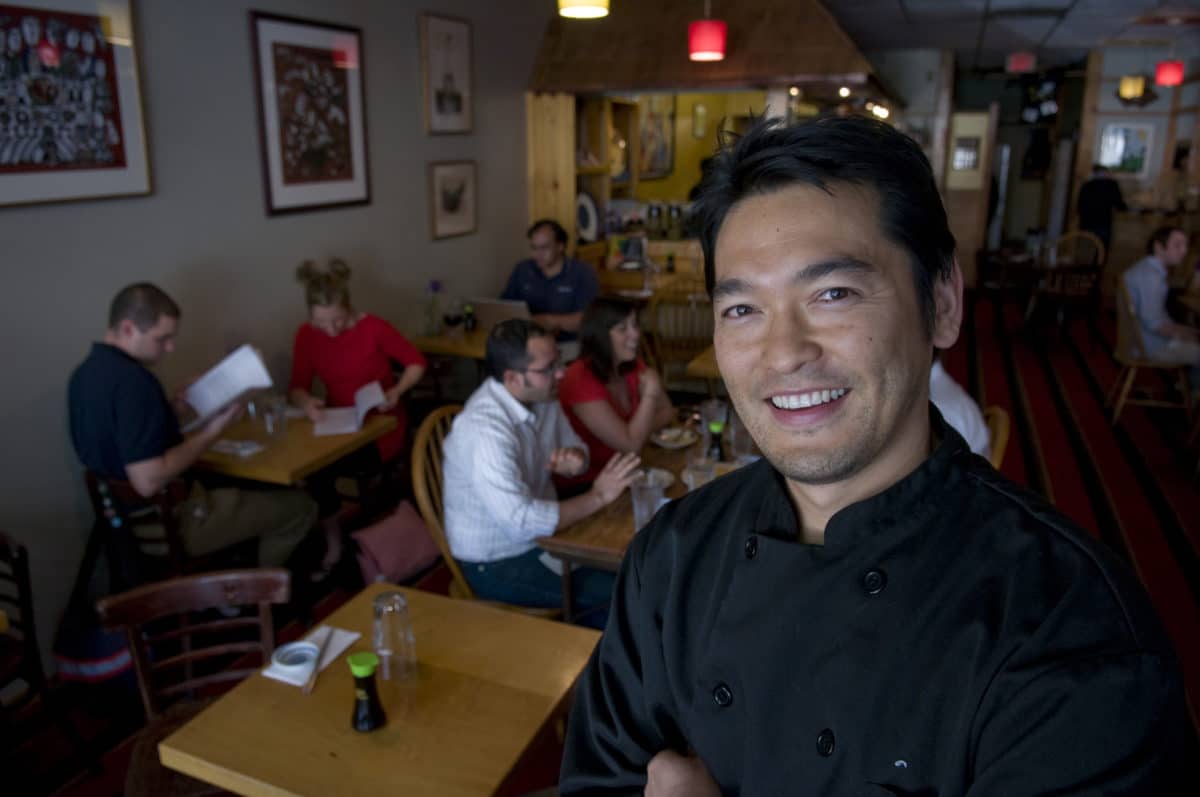In a single evening at Miya’s Sushi in New Haven, Connecticut, I drank pine-needle-infused sake, ate pumpkin-miso soup, kelp-and-octopus salad, carp rib, shore crab (an invasive species), and carp sashimi served on a wooden board. The mix of hot and cold dishes symbolized climate change. Eating at Miya’s, the first sustainable sushi restaurant in the world, is intended to be more than a culinary experience; it requires an open mind and an open heart, reminding us of our relationship to and responsibility for the natural world.
“He has the eye and hands of an artist,” said customer Steve Moy about Miya’s Chef Bun Lai. Moy, of White Plains, New York, drives an hour every other week to eat at Miya’s. After watching a TV segment about Miya’s on Vice’s food-themed channel Munchies, Moy’s curiosity and adventurous palate led him to New Haven. Considering that Miya’s focuses so heavily on sustainability, Moy confessed, “It makes me feel bad that I’m driving 55 miles to do this – burning fossil fuels – but I feel so welcome. From the moment I set foot in here, everyone has been so kind.” Moy describes Chef Bun Lai’s “heartwarming sincerity” and eccentricity. “It comes out in everything he says and everything he prepares. He wants to nurture people.” Speaking to me between bites of the evening’s tasting menu, featuring only invasive species, Moy adds, “I like to eat weird stuff. It’s whatever Bun has been playing with in a given week.” Miya’s attracts customers with a bold approach to food, and its menu is far from predicable.
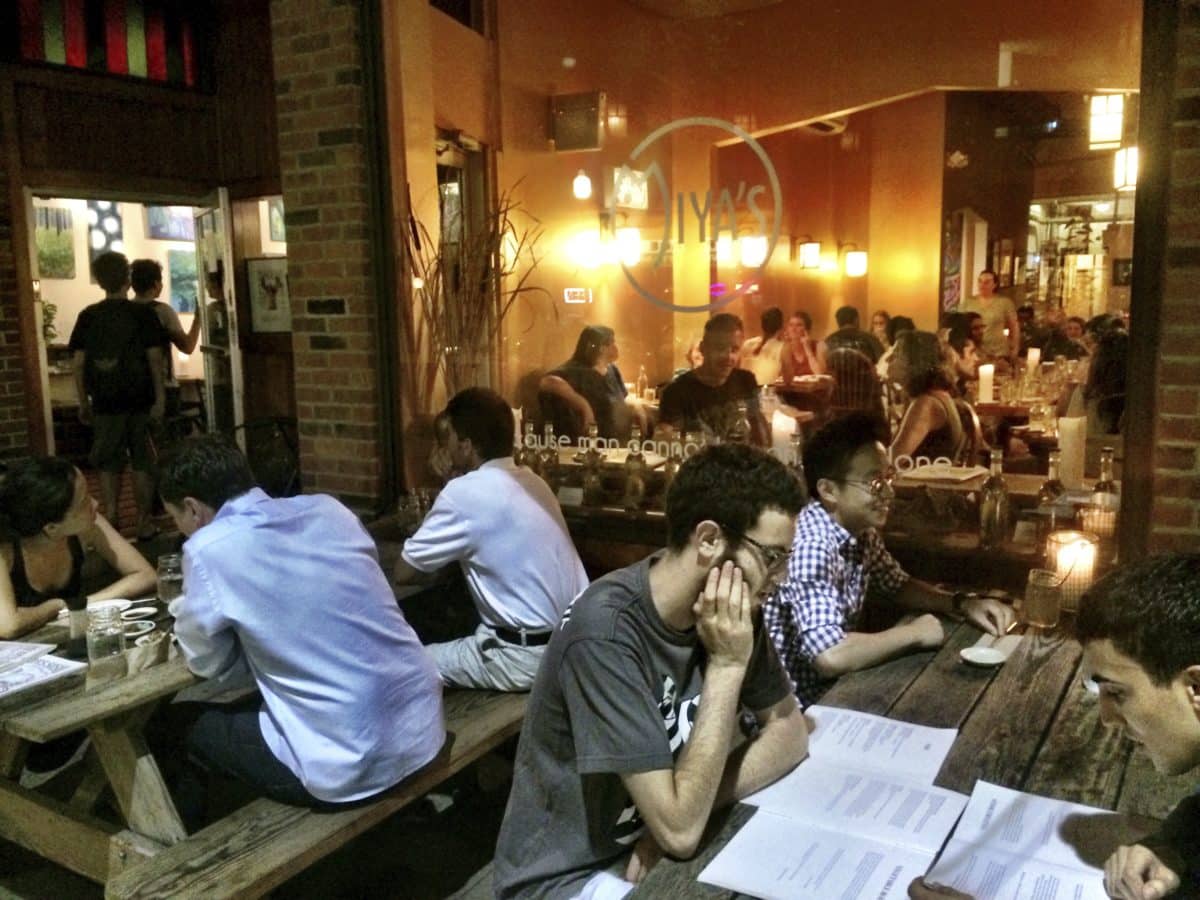
Miya’s opened in New Haven in 1982, and from its inception has been a family endeavor.
Bun Lai’s mother, Yoshiko Lai, is both the founder and spiritual leader of Miya’s, according to her son, and to this day, she helps the chefs on the line. Bun Lai recalls that his mother cooked lunch and dinner shifts six days a week at Miya’s when he and his siblings were kids. He remembers she still managed to sit with them at breakfast and dinner, sharing stories of her youth in Japan, and he remains dumbfounded as to how she did all that she did. His mother named the restaurant Miya, which means “shrine” in Japanese, so, according to Bun Lai, “There would be a sanctity to the work that is done there.”
His sister, Mie Lai, has become the face of Miya’s as she orchestrates what takes place in the dining room and at special events. She also has become skillful at making sushi. She welcomes guests and ensures that their entire experience at Miya’s is a sparkling one.
Chef Lai’s brother, Ted Lai, a former investment banker, handles behind-the-scenes aspects of the business, but when he visits New Haven, one will likely find him drying dishes in the restaurant’s kitchen. When the brothers were boys, their father took them to the beaches and parks around New Haven, allowing them to turn over rocks in search of animals and insects, while he sat in the car to do his work. Bun Lai says about his brother, “One of the most precious gifts I was ever given was a brother to discover the world with. My love for all things wild happened because of our childhood spent together flipping rocks.”
The success of Miya’s comes in large part from the restaurant’s willingness to be different.
“Everything that we do at Miya’s couldn’t exist anywhere else on the planet,” says Lai. “Miya’s could only happen right here in New Haven, CT, in America. The reason is that everything about Miya’s is about rebellion. We’ve rebelled from a traditional sushi and we’ve broken so many rules here in order to create what we’ve created.”
Lai explained that in the early days of the restaurant, it was common for people to come in, glance at the menu, and leave. As liberal and progressive as New Haven was, it was still a small city and customers did not recognize the dishes as the sushi they knew.

"We’ve rebelled from a traditional sushi and we’ve broken so many rules here in order to create what we’ve created."
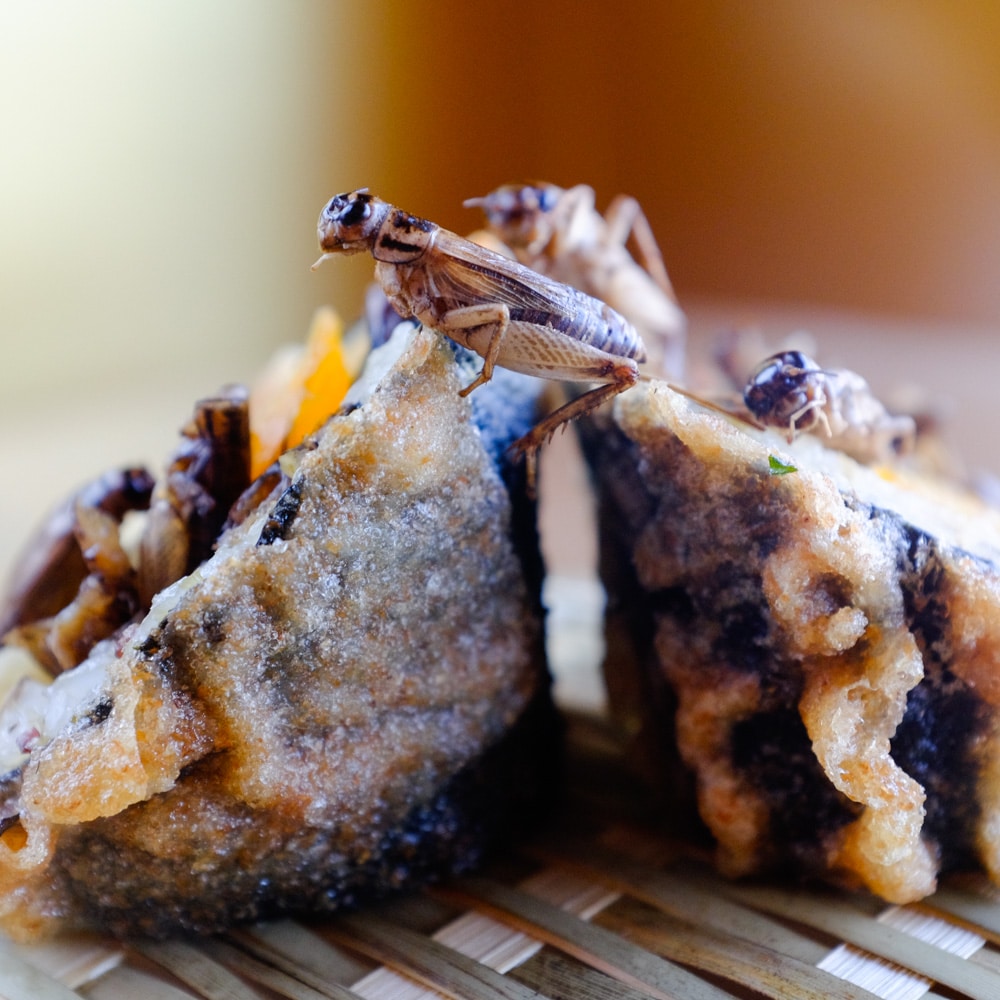
Lai’s friend Greg Grinberg is the founder of Actual Foods, a supermarket designed to bring healthy food to low-income neighborhoods. He joined our conversation, noting, “It’s easy to forget that the appetite for newness wasn’t always as big as it is today, even in a college town. We’re used to disruptive technologies changing the way we do things every two years. It wasn’t that way 20 years ago.” Concurring, Lai observed, “Cuisine is not something that is static, it keeps evolving as tastes evolve.”
In 2005, Lai began adding stories to the menu at Miya’s because he felt that people were not understanding his approach to food. While skeptical customers still exist, Lai does not let that bother him.
Just the day before I spoke with him, he encountered a customer who gave a half-hearted response to the question, “How was everything?” The customer explained that he had lived in Japan and he asked why there was no vinegar in the rice at Miya’s. Lai sat down with the man and told him the reason he does not add vinegar to the rice. He explained that vinegar was added to rice when sushi began thousands of years ago, along the Mekong River, as a way of preserving fresh water fish. “Today, it’s used not to preserve fish, but as a vehicle to melt massive amounts of sugar to sweeten the rice. So, it’s not just the vinegar you’re enjoying in the white rice. You’re enjoying the sugar,” he explained. Lai then reminded his customer of the epidemic of diseases in this country linked to sugar consumption. Twenty years ago, Lai stopped adding sugar to the sushi rice and instead created a whole-grain alternative flavored with carrots, beets and other vegetables.

“As an artist, you can’t have thin skin. Unless I was going to cater to a specific audience — and I wasn’t going to do that — then I had to have thick skin about it. It was going to keep on coming, the criticism.”
“It’s important for people to realize that there are often limitations to their thinking and their perspective may very well be wrong. I consider my recipes much more traditional that many of the recipes that are traditional in Japan right now, and the reason is because I’m using food that’s actually part of nature.”
He explained that much of what his customer would have eaten in Japan was farmed salmon. “A Japanese person a hundred years ago would not recognize the sushi he (the customer) ate when he was in Japan.” He explained that most sushi uses farmed Thai shrimp. It’s part of the 90 percent of seafood that’s imported. The 90 percent of which only less than one percent gets inspected by the FDA. Of that one percent, almost 90 percent fail inspection due to chemical contamination. It’s food that we shouldn’t even eat.”
A few years after he started making sushi, with the introduction of the sweet potato roll, Lai began to create plant-based sushi recipes. He didn’t believe in serving kanpyo — traditional Japanese rehydrated gourd marinated in soy sauce and sugar — so he replaced it with sweet potato. It was a favorite of a guest who ate at Miya’s once a week. “She liked the sweet potato roll,” recalls Lai. “Little did she know she was encouraging me to a path of change.”
Bun Lai is multi-cultural; he is ethnically Chinese and Japanese and was raised in the United States since age three. “I don’t belong to one group of people,” says Lai. “I don’t belong to anybody. I belong to everybody.” The menu at Miya’s highlights the blending of cultures: “In each recipe of ours, ingredients from disparate cultures are combined, symbolizing what is possible when people of the world live in harmony with one another.”
Since invasive species rank high among the world’s ecological problems, chefs like Bun Lai firmly believe that eating these species will contribute to a solution. According to the Miya’s menu, “Five billion pounds of pesticides and herbicides are dumped into our ecosystem worldwide each year in order to fight agrarian pests like the delectably nutritious grasshopper. A third of all pesticides used in the United States are capable of causing contamination in groundwater, neurotoxicity, sterility, birth defects, and cancer. Many of the flora and fauna being sprayed are invasive and edible or useable in other ways.”
“Our ultimate goal is to create new ways of eating that encourage greater balance in the integrative relationship between humankind and the living planet,” says Lai.
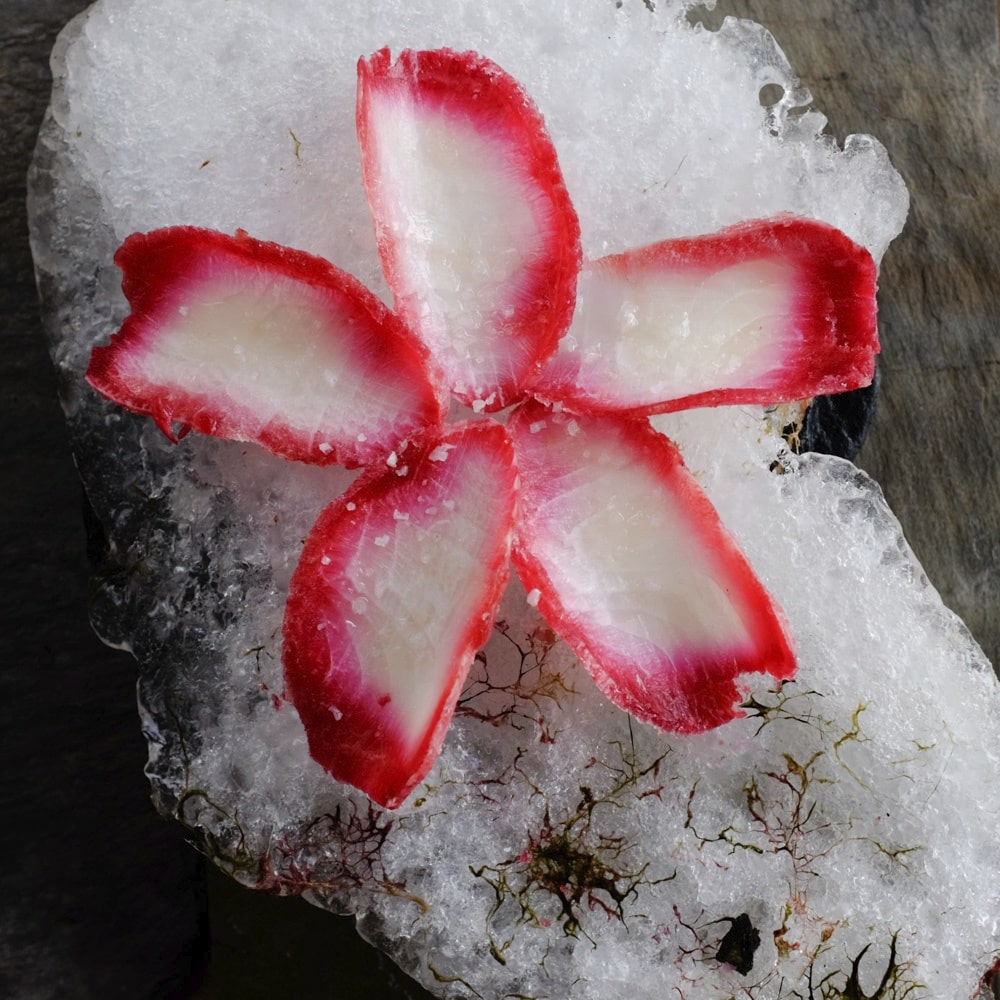
In order to gain more understanding of this relationship, Bun Lai spent a month in the Everglades, which he calls “ground zero for invasive species in the U.S.” Photographer Andrew Sullivan and Chinese master chef Wei Ning accompanied Bun Lai on this trip. During the course of the month, they caught roughly a dozen different invasive species, from a 12-foot python to poisonous cane toads.
A prime example of turning an invasive species into delicious food is Miya’s signature knotweed chips. Since mature knotweed leaves are too tough to eat even when boiled or sautéed, Lai was determined to find a way of making them good to eat because of their nutritional value. To make his delicious chip, he kimchee-pickles the knotweed leaves with salt, cayenne pepper, kelp, garlic, and ginger. After they ferment, he fries them into chips or tempura. “Rather than ridding knotweed by using carcinogenic herbicide, which is commonly how it’s done, eating it is far healthier for human and overall planetary health,” explains Lai.
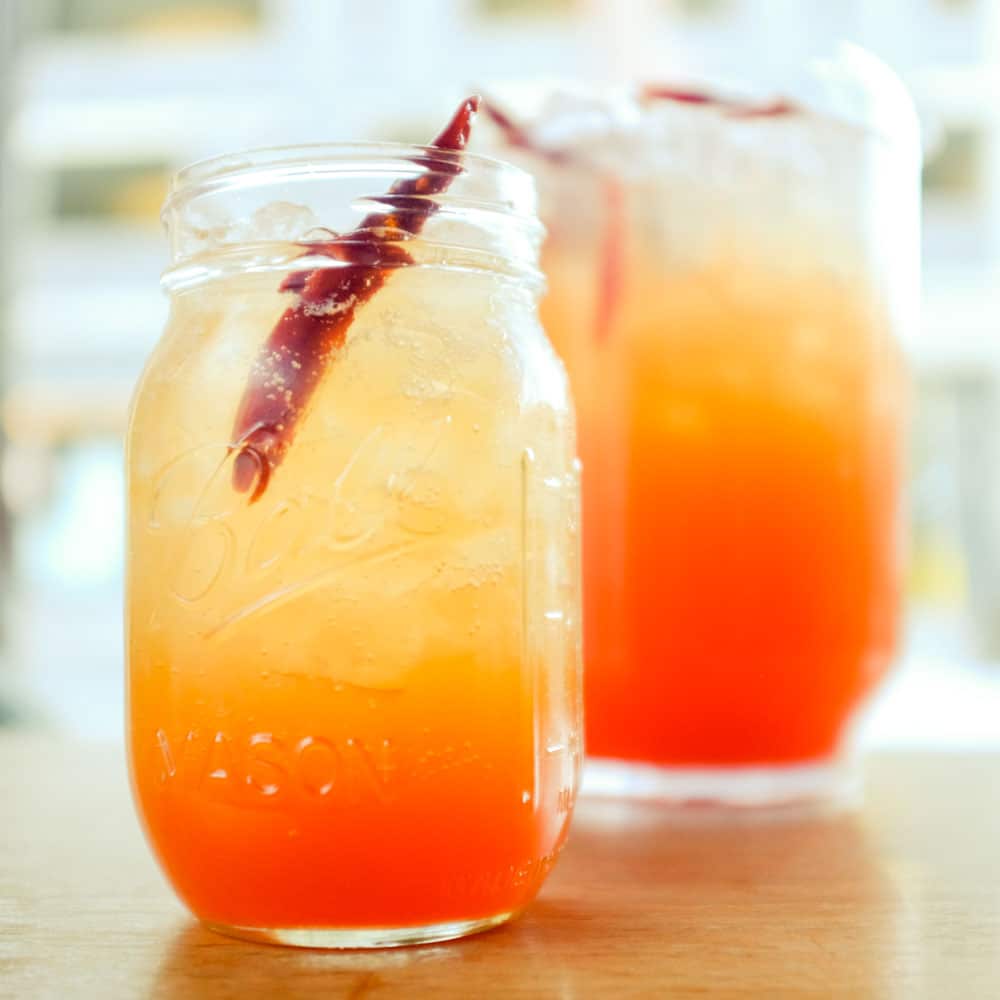
Bun Lai’s greatest joy stems from working collaboratively. “The reality is that I’m only pretty good at a few things, so from a practical viewpoint it makes sense to be surrounded by people with different talents.” This collaboration helps Lai run his ever-evolving business. For instance, he has worked with Greg Grinberg to brew a popular sake made from home-grown hot chili peppers, yuzu, lemongrass, and honey.
Lai also worked recently with award-winning writer-director Eric Heimbold on a documentary short, “Blind Sushi,” featuring Bun Lai guiding a blind adventure writer Ryan Knighton on a fishing expedition along the New England coast. The film won the top award at the 2016 Hollywood International Film Festival.
Among other accolades of Bun Lai and Miya’s are a 2013 James Beard Foundation Award nomination, and inclusion in 2016 White House Champions for Sustainable Seafood.
New Haven-based author Dwayne Betts described the experience of dining at Miya’s like this: “Chef Bun Lai is a poet with food. What he and his sister create at Miya’s is more atmosphere than food, which is to say that when I sit with my family for a meal, everything about the day changes and the new thing we are exposed to always reminds us of the old things that make us smile most.” ![]()
